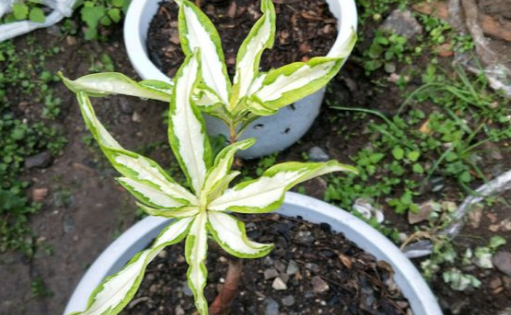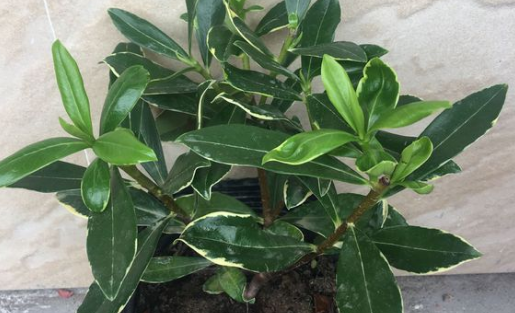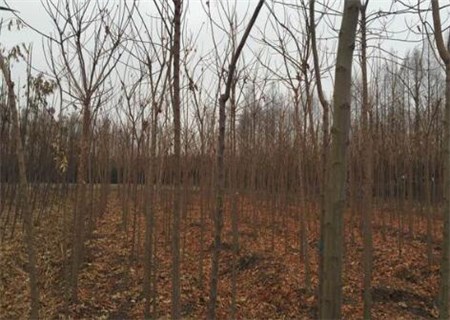What is the hydroponic method of the original perianth subclass Phnom Penh Daphne? Is it poisonous? How to raise it in winter?
Phnom Penh Daphne (Latin name: Daphneodora) is a variety of Daphne odora, so what is the hydroponic method of Phnom Penh Daphne? Is it poisonous? How to raise it in winter? According to information, Phnom Penh Daphne should first choose utensils that can put branches before hydroponics, the space had better be larger, oxygen is sufficient, which is conducive to rooting. In addition, if you want long-term hydroponics, you can prepare a beautiful glass container, which can be placed and watched after taking root. Plastic foam board, clean pebbles, loose soil.

What is the hydroponic method of Daphne odorifera in Phnom Penh?
1. Water culture Jinbian Daphne: material selection
Before hydroponics, you should first choose utensils that can put branches. The space had better be bigger, and there is enough oxygen, which is conducive to rooting.
In addition, if you want long-term hydroponics, you can prepare a beautiful glass container, which can be placed and watched after taking root.
Plastic foam board, clean pebbles, loose soil.
2. Water culture Phnom Penh Daphne: branch selection
Choose the sturdy semi-lignified branches of the current year (the branches are a little green), cut the length of 6 cm to 8 cm, and retain 1 to 2 leaves. The day before the branch is cut, a sharp knife can be used to make a circle around the incision to speed up the wound healing.
3. Water culture Phnom Penh Daphne: determine the time
The hydroponic culture of Phnom Penh Daphne can be carried out all the year round, but the highest survival rate is in summer. The best time is in Shandong in late July and in the south in early July. Because at this time the branches tend to mature and take root more quickly.
4. Water culture Phnom Penh Daphne: operation method
First, split the lower end of the branch in the middle and separate the two halves with pebbles.
Then soak the branches in disinfectant for about 10 minutes, then disinfect them and take them out.
According to the thickness of the branches, insert several small holes in the plastic board and insert the branches into them, exposing about 3 to 4 centimeters at the bottom of the branches.
Then put the plastic foam in a container full of water, and the bottom of the branch should touch the surface of the water and put it in the sunrise indoors.
5. Water culture Jinbian Daphne: conservation
Change the water every 3 days, spring water, river water is the best, or tap water stored for a few days. When changing water, moss may appear around the utensils, which should be cleaned and disinfected with potassium permanganate solution at the same time.
If you encounter hot and dry weather, add water to the container and sprinkle water to the ground in time. Generally, under the condition of 22-28 ℃, it can take root in about 50 days.
Second, is it toxic?
The rumors are just rumors and have no scientific basis. Ruixiang from Phnom Penh is really not poisonous. And studies have also shown that Phnom Penh Daphne has the effects of anti-inflammation, regulating immunity, analgesia, bacteriostasis and anti-tumor.
Another rumor is that the fragrance of Daphne odorifera in Phnom Penh is poisonous. Is it a strong fragrance that flower friends will feel poisonous? This is not the problem of Phnom Penh Ruixiang, but all friends who have common sense of growing flowers all know that plants with rich flower scent can not be put in a closed environment, especially the maintenance of the bedroom, which will cause a slight headache after a long time, and should be maintained in a well-ventilated place with balcony lights.
Third, how to raise it in winter?
Place a site
Since Frosts Descent, Phnom Penh Ruixiang should be moved to indoor maintenance. Put it in the south window to be exposed to the sun during the day, and move to a place with higher indoor temperature at night, not by the window, so as to avoid frostbite. Ensure that the indoor temperature is above 5 ℃ in winter and open windows for ventilation when the weather is clear.
Fertilization requirements
There can be no base fertilizer in the potted soil of Phnom Penh Ruixiang, and liquid fertilizer should be applied frequently. However, it should be noted that there should be no ants and earthworms in the potted soil. (although earthworms help to enhance the fertility of the soil, the presence of earthworms in family potted plants is still a bit disgusting. ), fertilization would rather be light than thick.
Liquid fertilizer mainly chooses soybean water or potassium dihydrogen phosphate solution. When fertilizing is too dense, it can be watered in time and poured several times in a row to let the fertilizer flow out from the bottom of the basin and reduce fertilizer damage, and then put the basin in a ventilated place to let the basin soil dry as soon as possible.
Watering method
The growth of Phnom Penh incense is relatively slow in winter, so watering should be based on the situation. If the leaves are straight and straight up, it means that the water and fertilizer is normal; if the leaves are drooping, it means that they are watered too much or too often. Find the cause and correct it in time.
If the rotten root is caused by too much watering, it should be dealt with in time, take off the plant in time, cut off the rotten root, wash it with fungicide, and then replant it. Of course, in order to make the plant recover as soon as possible, we can cut off part of the upper leaves to reduce nutrient consumption.
Time: 2019-03-16 Click:
- Prev

The breeding methods and matters needing attention of myrtle? When do you change the basin? How do you trim it?
Ruixiang (scientific name: Daphneodora) is also known as sleeping incense, Penglai purple, amorous tree, Mao Ruixiang, Qianli incense, etc., so the breeding methods and matters needing attention of Ruixiang? When do you change the basin? How do you trim it? According to the data, Ruixiang prefers a semi-overcast and more ventilated environment and is more afraid of strong light exposure.
- Next

What are the planting skills and maintenance knowledge of Euphorbiaceae Chongyang wood? What is the main place of origin? How much is one?
Chongyang wood belongs to Euphorbiaceae. Native to China, native to the Qinling Mountains and south of the Huaihe River Basin, it is commonly cultivated in the middle and lower reaches of the Yangtze River. It is usually cultivated as street trees and garden ornamental trees. Do you know the planting skills and maintenance knowledge of Chongyang wood? What is the main place of origin? How much is it per tree?
Related
- Fuxing push coffee new agricultural production and marketing class: lack of small-scale processing plants
- Jujube rice field leisure farm deep ploughing Yilan for five years to create a space for organic food and play
- Nongyu Farm-A trial of organic papaya for brave women with advanced technology
- Four points for attention in the prevention and control of diseases and insect pests of edible fungi
- How to add nutrient solution to Edible Fungi
- Is there any good way to control edible fungus mites?
- Open Inoculation Technology of Edible Fungi
- Is there any clever way to use fertilizer for edible fungus in winter?
- What agents are used to kill the pathogens of edible fungi in the mushroom shed?
- Rapid drying of Edible Fungi

